The well-preserved wreck of a WW2 RAF Bristol Beaufighter in the Greek islands was misidentified for many years. Researcher and wreck-hunting enthusiast ROSS J ROBERTSON gets down to details, with underwater photography by VASILIS MENTOGIANNIS
Splashing into the turquoise waters of the Aegean is always a joy. With a hand securing your mask and regulator firmly in place, you take the plunge.
There is a brief moment of weightlessness and anticipation as you roll backwards over the side. That’s followed by a shock of coolness as your back penetrates the water, and then the disorientation of being briefly suspended upside-down amid a flurry of flittering bubbles.
A confusion of sound rushes past your ears, followed by the strange sensation of buoyancy trying to reverse the process. You’re soon right-side up and floating on the surface.
After a quick equipment check, you and your dive-buddy begin the transition into an alternative, distinctively personal world. Your breathing’s steady rhythm seems to amplify and echo through the surrounding water. A slight pressure builds in your ears, easily remedied.
The brightness above is replaced by ever-darkening hues of blue. The temperature drops notably as you pass through the thermocline. It’s invigorating, adding to an already heightened sense of awareness.
Your attention is soon drawn to a dark shape looming below in the gloom. As you get closer, the shape resolves itself into the unmistakable outline of a WW2 aircraft. It’s what you’ve come to see, and the excitement is tangible.

It’s a Bristol Beaufighter Mk X two-seater torpedo-fighter. Despite the rigours of current, corrosion and trawl-nets, its proud structure remains remarkably intact. This is not some restored museum-piece, but the real deal.
Once a symbol of the might and power of the RAF, it now lies silent on the seafloor at a depth of 32m, just as it has done for the past 80 years.
Anatomy of a warplane

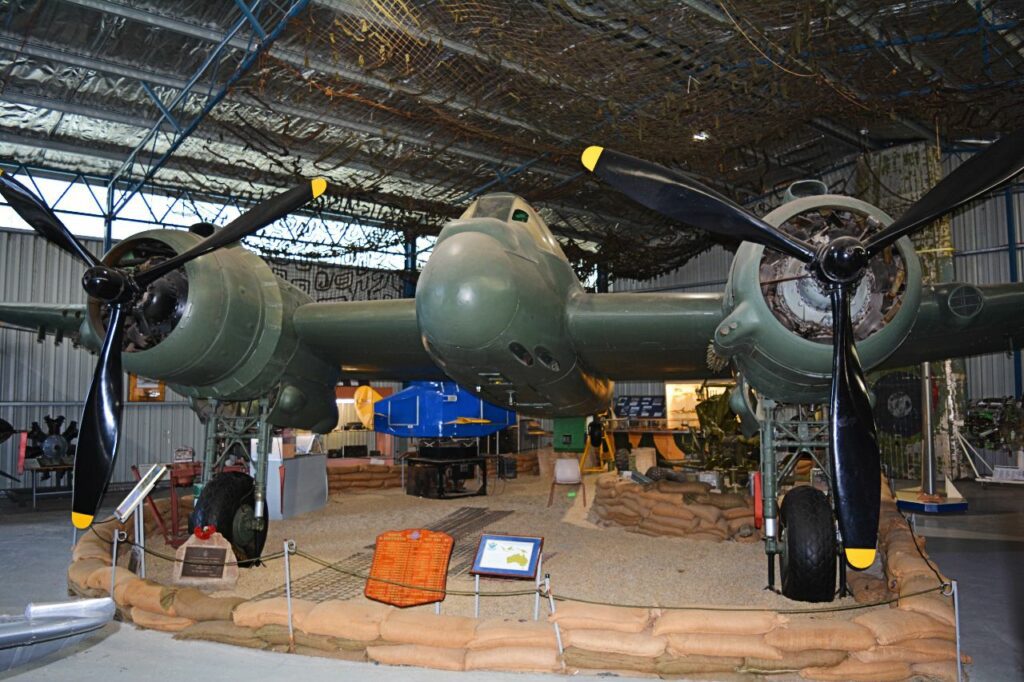
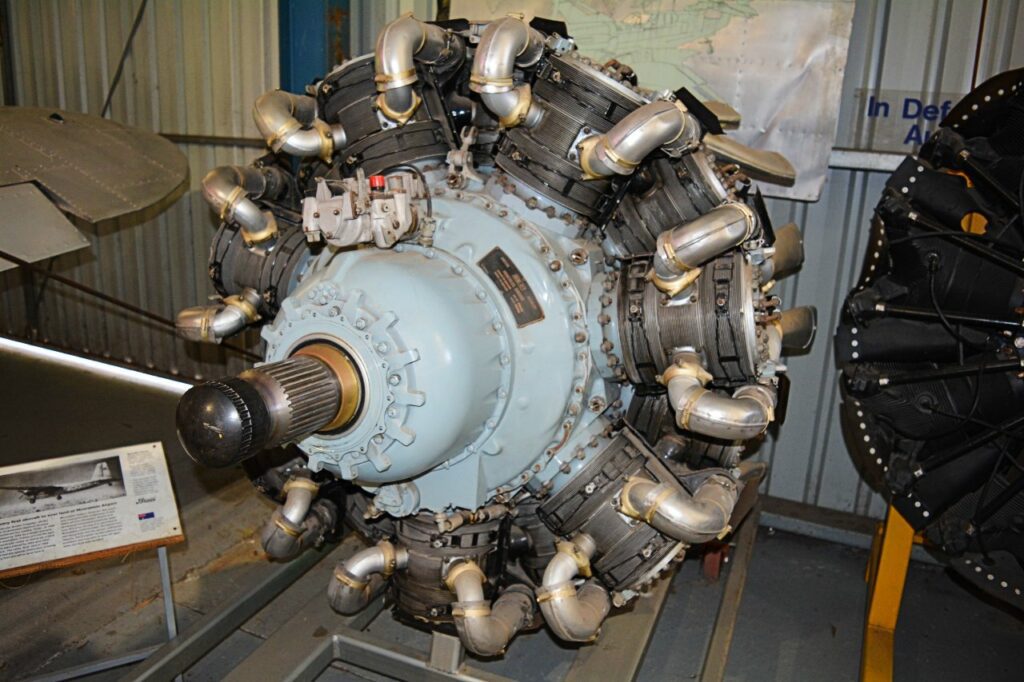
Dominating the expanse of the mid-mounted wings are a pair of mighty Hercules XVI 14-cylinder sleeve valve radial engines. Notably, the fairings on the wreck have partially disintegrated and the engine-mount struts are exposed.
Each engine could deliver 1,300kW at 2,900rpm (150 m altitude). This meant a cruise speed of 480kmph, maximum speed of 520kmph, a service ceiling of 8,000m, and a range of 2,478km. It was these capabilities that made the Mk X such a capable ordnance-delivery platform.
Most of the Beaufighter’s wings remain panelled, hiding ribs, spars and other features such as aileron cables and fuel-tanks. The retracted undercarriage is also hidden, tucked away behind the engines since take-off on the aircraft’s final flight all those years ago.
Outbound, but still inside the propeller radius, a pair of oil-cooler intakes protrude from the leading edge. These are a distinctive feature you’ll notice in any picture of a Beaufighter.
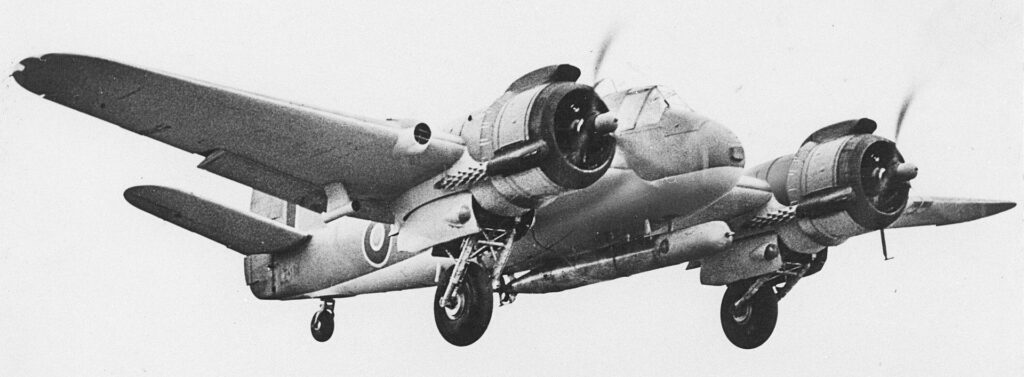
As the wing tapers towards the wingtips, the outer sections are denuded, revealing that the six 7.7mm Browning machine-guns (four starboard, two port – the asymmetry allowing landing lights in the port wing) have been removed.
Embedded in the sand, it is impossible to inspect beneath the aircraft. But a close look under the pilot’s position on the starboard side reveals one of its cannon blast tubes. This is where 20mm rounds shot out from one of four dorsally mounted Hispano cannon.
In addition to the fixed Brownings and one flexibly mounted 7.7mm Vickers ‘K’ gun for the navigator/rear-gunner (also missing on the wreck), there were hard points beneath the wings for four 227kg bombs or, beginning late 1943 and early 1944, eight 27kg solid rocket projectiles.
This made the Beaufighter one of the most heavily armed long-range fighters of its time. When not carrying bombs (or rockets), the TF version, which this is, could carry one 798kg, 46cm torpedo.
The nose-cone is missing on the wreck, but this reveals the otherwise unseen armour-plating forward of the cockpit. Beaufighters were famed for being able to handle a great deal of punishment, including fire from the ground.

Set in the middle of the plate is the mounting-point for the strike camera. This was automatically triggered when the weapons were fired, making for some spectacular combat photographs – especially when Beaufighters started to be fitted with solid rocket projectiles in lieu of torpedoes.
Inside the aircraft
Excitement peaks as you ready yourself to inspect the cockpit. Poking one’s head through the open canopy with a torch reveals a riot of colour.
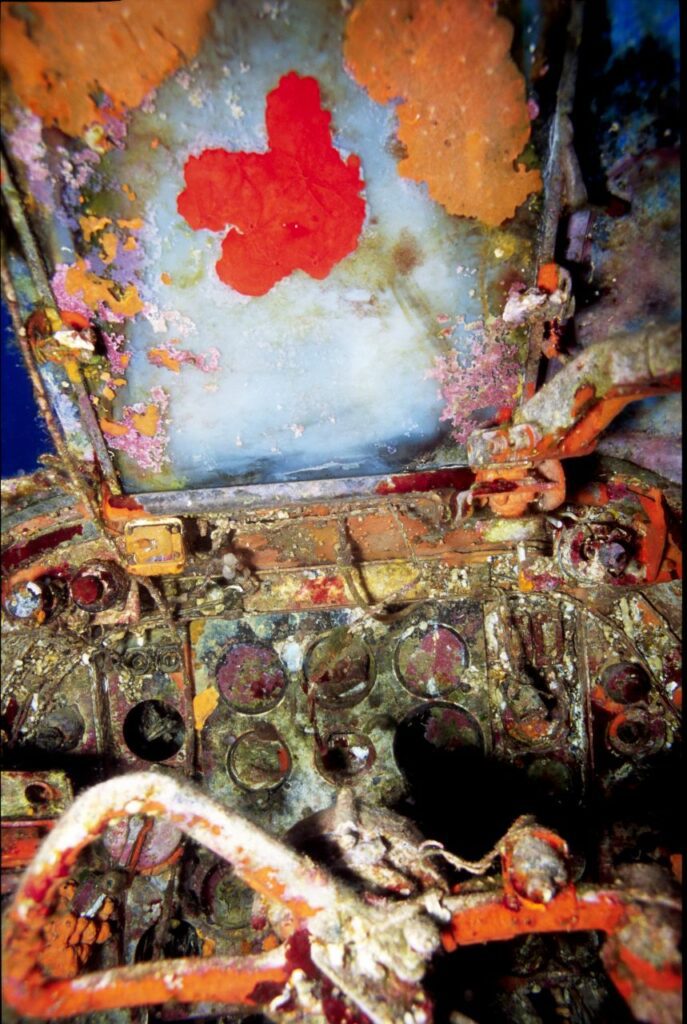
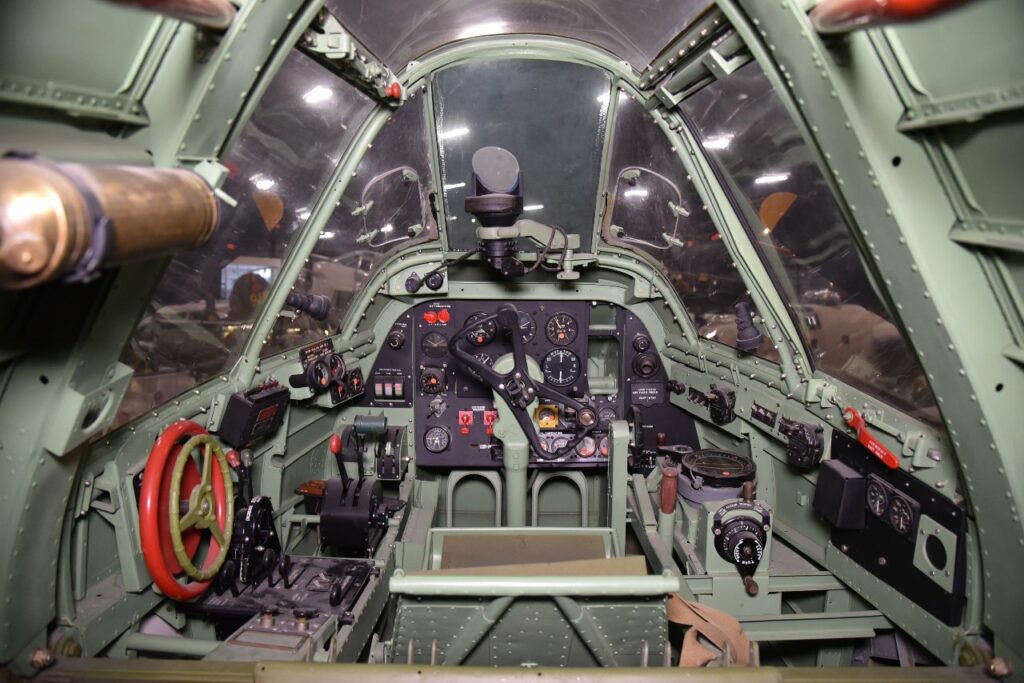
Salt, rust and marine organisms have taken hold, making the Perspex opaque and giving all surfaces in this confined space an orange and red hue.
Before and on either side of the pilot’s collapsible seat are an assortment of identifiable instruments and controls. The wheel-handle on the control column remains in place, and even the trigger mechanism is plain to see on the right-hand side.

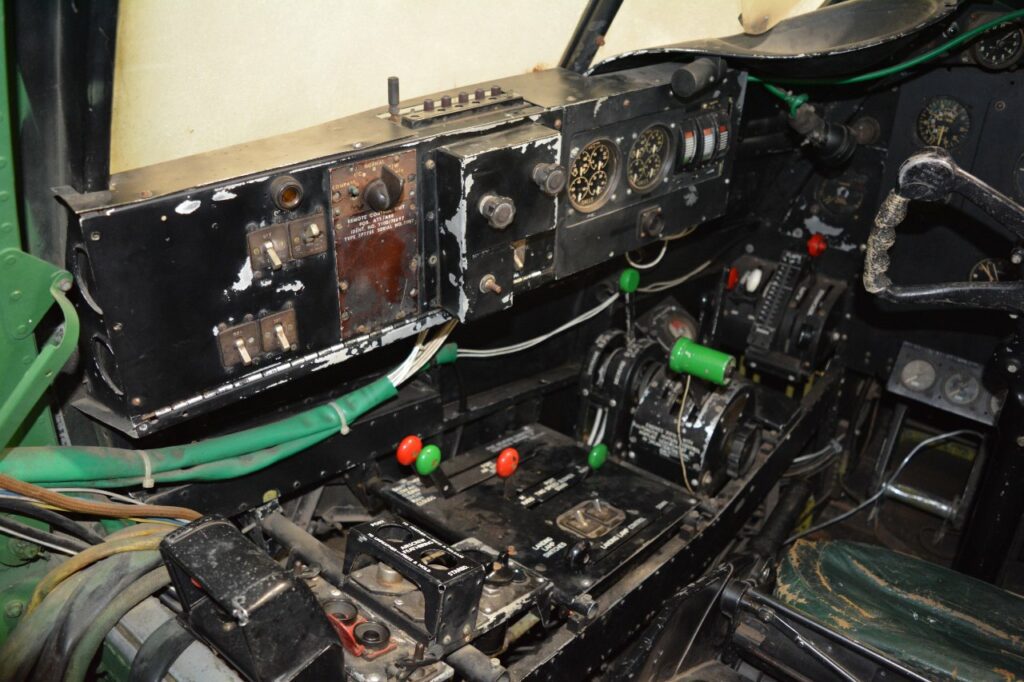
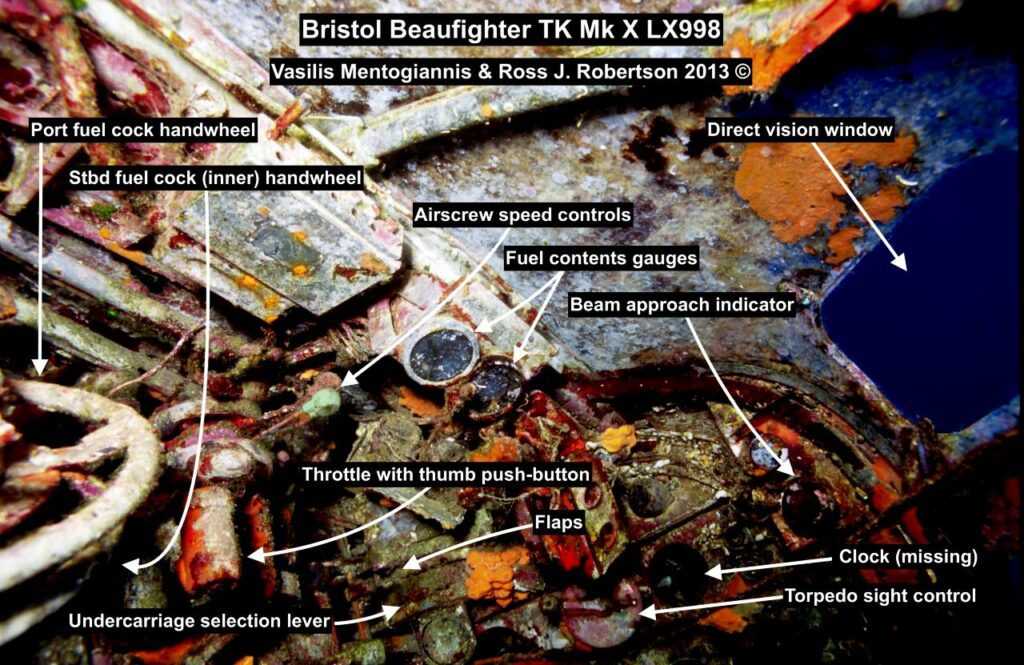
Looking aft, the triangular shape of the fuselage is immediately apparent. On the floor is the pilot’s closed escape-hatch, and on either side run wires and conduits.
There is an armoured bulkhead between the pilot and the rear of the aircraft, its connecting door open to reveal the navigator/rear-gunner’s position.
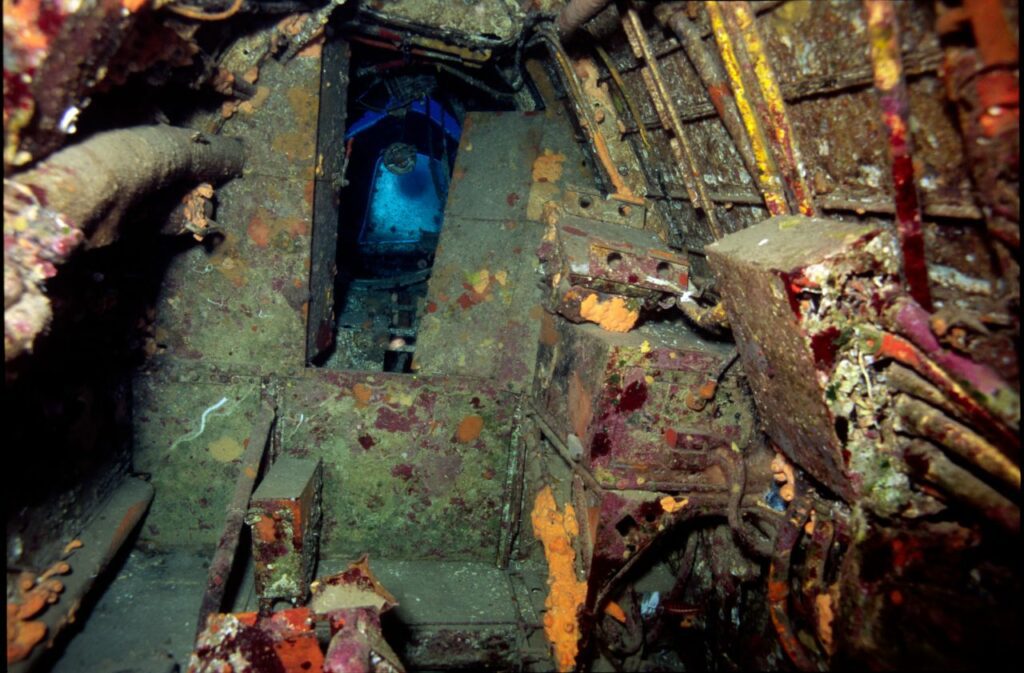

Although tempting, it’s too cramped to swim along the fuselage on the inside, but easy enough on the outside. Home to all manner of marine life, the open navigator/rear-gunner’s observation canopy reveals the armoured swivel seat that remains facing aft.
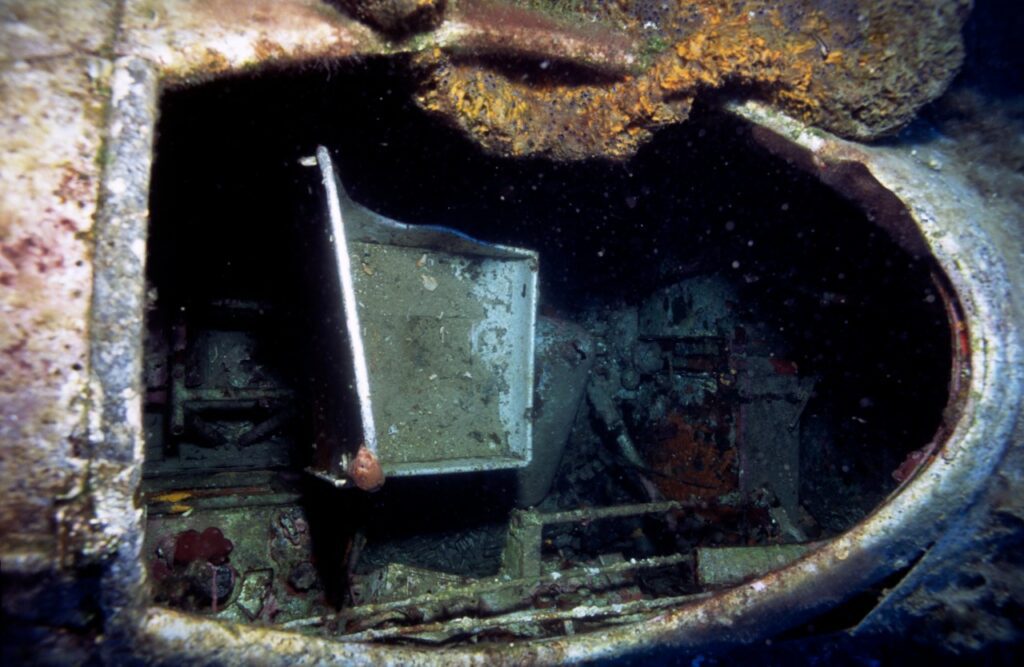
Immediately noticeable is a radio receiver on the port side, its central tuning-knob and dial making it easily identifiable as a R1155 type, although it’s a little weird to see a fish meandering nearby.
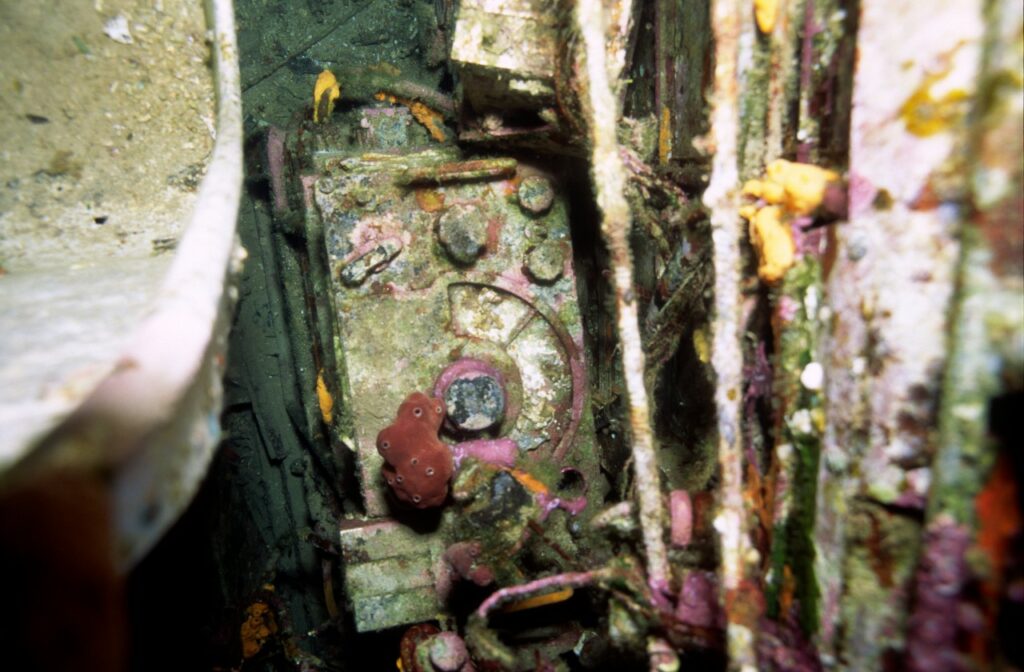
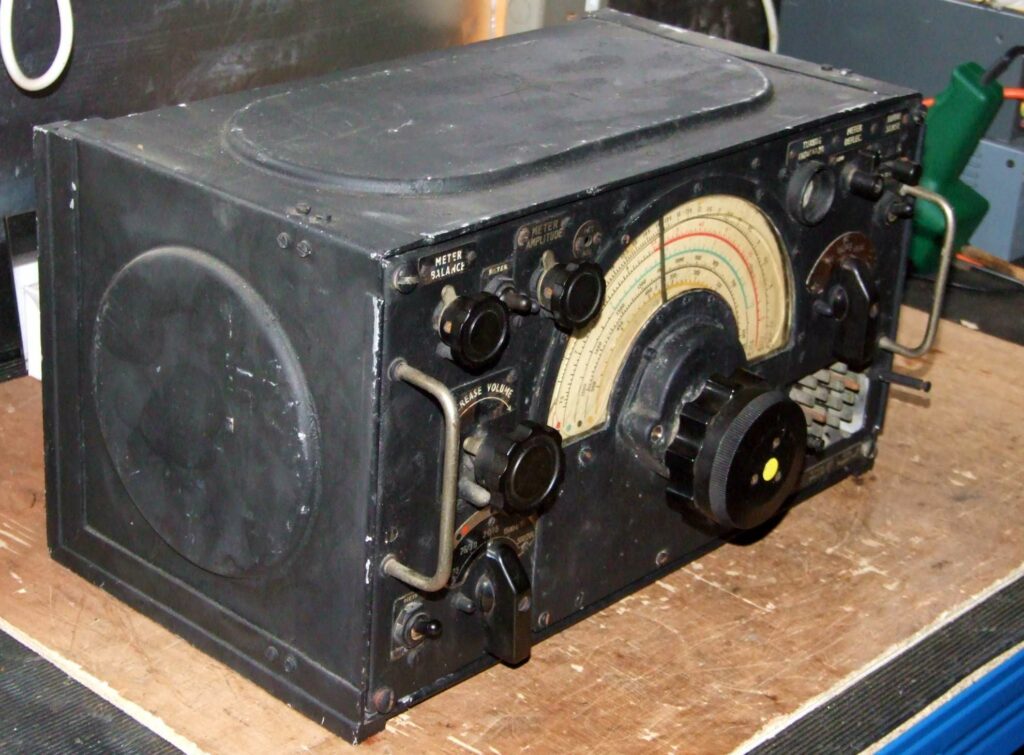
The T1154 transmitter was also standard kit on the Beaufighter Mk X, and this is located on the starboard wall of the fuselage towards the tail. This area is also where such things as oxygen bottles, drinking water and a sanitary bottle were stowed.
Inspection of this confined space is possible from both ends because the tail-section of the aircraft has partially broken away. This has also left the dihedral tail-planes, fin and rudder at an odd angle.
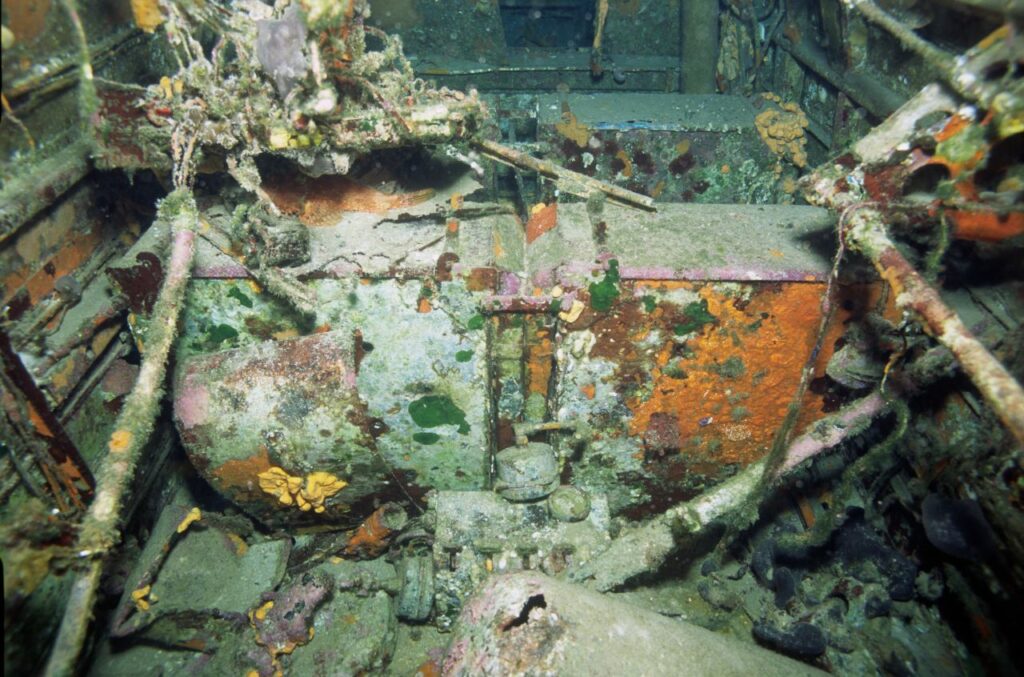
End of the dive
The experience has been so absorbing that your allotted bottom-time is close to maxing out, as a quick look at the dive-computer and pressure-gauge confirms. You signal your buddy that it’s time to go.
As you swim slowly around the periphery of the wreck for one last time, taking in the full scope of its quiet majesty, you’re left with a sense of wonder. How did this amazing machine end up in a watery grave in the Aegean?
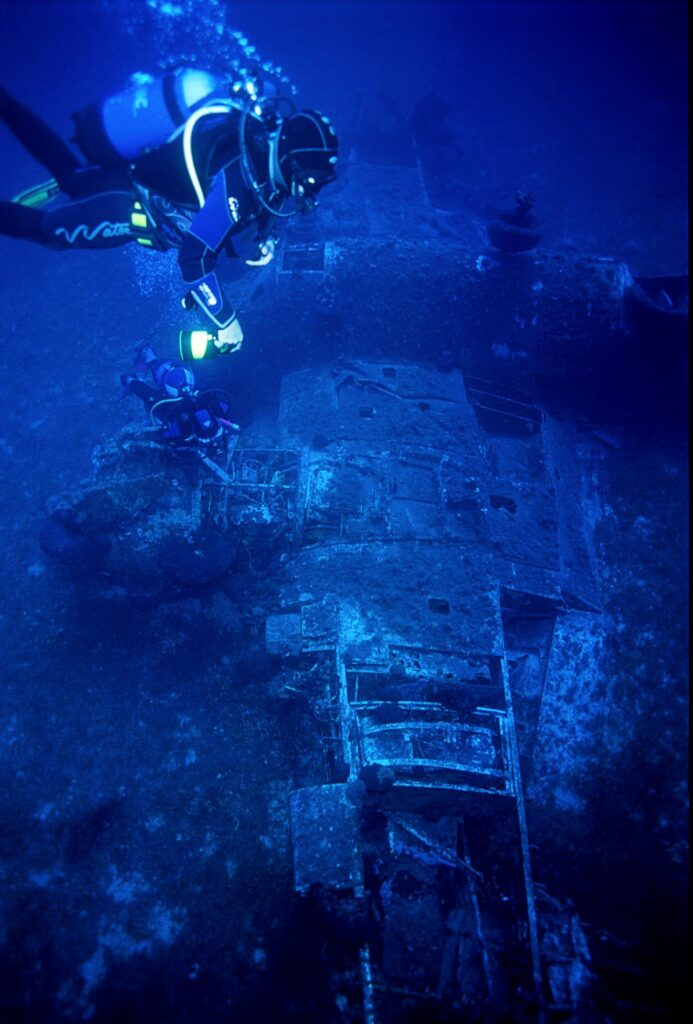
You have actually seen all the pertinent clues. The aircraft is in one piece. It was clearly forced down for a reason but, equally obviously, it didn’t break up in flight or on impact with the water and create a debris field.
It is found in relatively shallow waters, just off the south-western coast of the Greek island of Naxos, suggesting that the pilot was more or less in control of the doomed aircraft and was trying to maximise the chances of survival.
All three port De Havilland hydromatic propeller blades are bent and twisted backwards (the starboard blades are missing entirely). This happens only if they hit ground or water while the engine is still turning, which is another hint that the pilot was trying to ditch.

The aircraft settled on the bottom the right way up. This indicates that it was inundated after being successfully ‘landed’ (and horizontal) on the surface.
The pilot’s and navigator/rear-gunner’s canopies are open, suggesting egress by both from the top of the aircraft, not via the escape-hatches underneath (which would be used for bailing-out during flight).
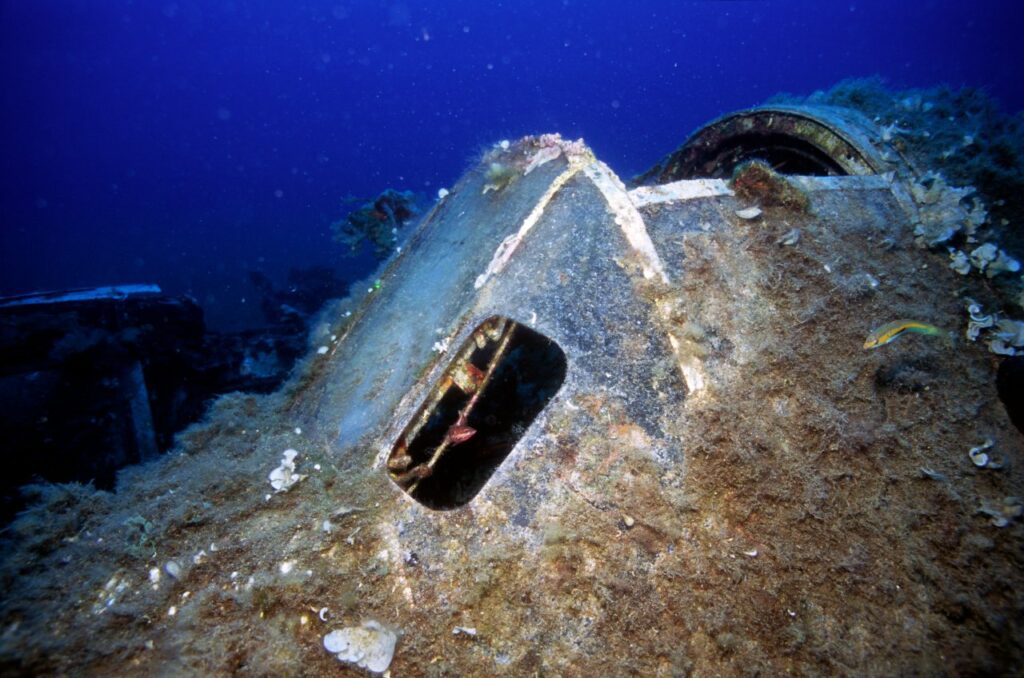
Rather than be slowly corroded away in situ, the rear panel on the port upper wing near the fuselage is completely missing. This is where the inflatable dinghy had once been – its immersion switch would have automatically triggered on contact with water to offer a chance of survival after egress.
All these factors combined imply that both airmen were probably alive at the time of ditching. The question is: did they actually survive?
The short answer is ‘yes’ – but probably not in the way you might expect.
So what happened to the crew?
The wreck was discovered in 2007 by local professional diver Manolis Bardanis. For many years it was thought to be JM317 ‘S’ – the 47 Squadron RAF Beaufighter Mk X that pilot Flying Officer (F/O) William ‘Bill’ Hayter and navigator/rear-gunner Warrant Officer (W/O) Thomas Harper (who was ‘borrowed’ from 603 Squadron for that single mission) were forced to ditch on 30 October, 1943, after a strike on Kriegsmarine shipping in Naxos harbour.
It was an automatic assumption because their rescue, facilitated by locals George Sideris and Dr Emmanual Bardanis at great personal risk, was well-remembered on the island. However, it turns out to be another aircraft entirely.
“The wreck is actually LX998 ‘Y’ from 603 Squadron RAF,” explained Dr Kimon Papadimitriou of the University of Thessaloniki, Greece. He is head of the Underwater Survey Team (UST), a group of local professionals who are volunteer historical research and wreck-hunting enthusiasts.
According to the archives, LX998 was among a group of eight 603 and 47 Squadron Beaufighters that launched an attack on the Naousa port and Yanni Bay on the north coast of Paros island.
The strike force encountered significant challenges during its attack, including heavy anti-aircraft fire and attacks by Luftwaffe Messerschmitt Bf-109s and Arado 196s, resulting in considerable losses.
“The aircraft was flown by Pilot Officer (P/O) Keith EE Hopkins, with W/O Keith V Roget serving as navigator and rear-gunner. Together with one of the other Beaufighters, Hopkins and Roget successfully carried out a cannon attack on two camouflaged barges and four caïques.
“Additionally, they reportedly shot down an Arado 196 that was defending the area, but were eventually forced to ditch near Naxos on 6 November, 1943,” said Dr Papadimitriou.
Both airmen survived the ordeal and made it out of LX998 as it flooded and sank. They managed to get to the dinghy, but not to shore. Whether they were too exhausted, injured or the current was simply too strong for them to paddle to Naxos is unclear.
What is known, however, is that they were carried by strong winds in a south-easterly direction for nearly 30 nautical miles. This took them tormentingly past the islets of Iraklia and Schinousa and many miles out to sea.
All must have seemed lost, but then they were miraculously spotted by a Royal Navy submarine, as recorded in the logbook of its commanding officer (Lt HB Turner, DSC, RN):
“6 Nov 1943: At 18:03 hrs (time zone -2), HMS Unrivalled, picked up two RAF pilots of a Beaufighter of 603 Squadron and their rubber dinghy near position 36°40’N, 25°47’E.”
The official RAF archives concur with this happy ending: “Aircraft ‘Y’ was forced to ditch after having shot down another ARADO; the crew, however, P/O Hopkins and W/O Roget, were subsequently picked up by a submarine and landed at Malta, returning to the squadron a week later.”
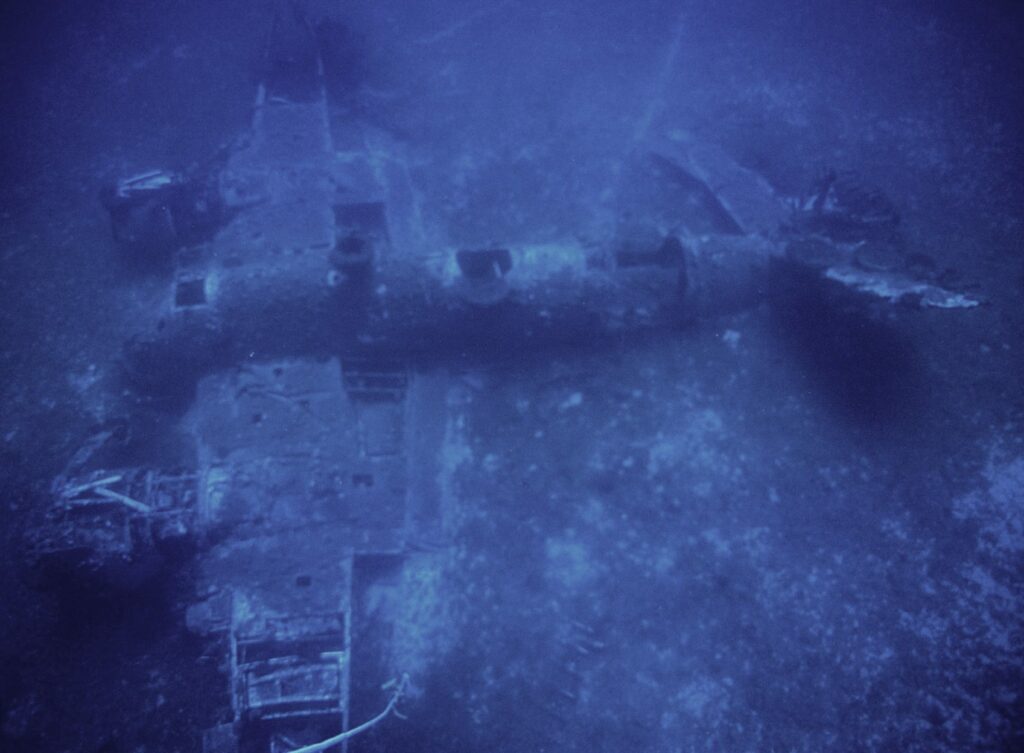
Whether you’re a beginner or an experienced diver, this 32m dive is well within non-decompression limits.
As anyone who has had the privilege will confirm, visiting the underwater wreck of a WW2 aircraft is a unique and unforgettable experience. Not only does it provide a rare opportunity to connect with the past in a uniquely tangible way, but it also allows a deeper appreciation for the heroic efforts and sacrifices that were made during the war.
It is a powerful and humbling experience that reminds us of the importance of remembering and honouring our shared history. As such, it is truly immersive in both senses of the word.
Ross J Robertson wishes to thank Vasilis Mentogiannis for his underwater photography of the LX998 wreck; Panagiotis Niflis of Blue Fin Divers (Naxos) for his assistance; and Dr Kimon Papadimitriou and fellow-members of the Underwater Survey Team who were involved in this wreckhistory.com project.
Ross, an Advanced Open Water and Nitrox Diver, is an author and educator with a keen interest in Aegean shipwrecks and Greek WW2 history. Bringing these elements together in numerous magazine and newspaper articles, he is also the curator of the site WW2Stories.
Also on Divernet: WW2 aircraft wreck latest in string of Estonia finds, Florida divers find ’50s Skyraider plane wreck, 5 bomber wrecks located, as AI learns to find more, Dive / Bomber
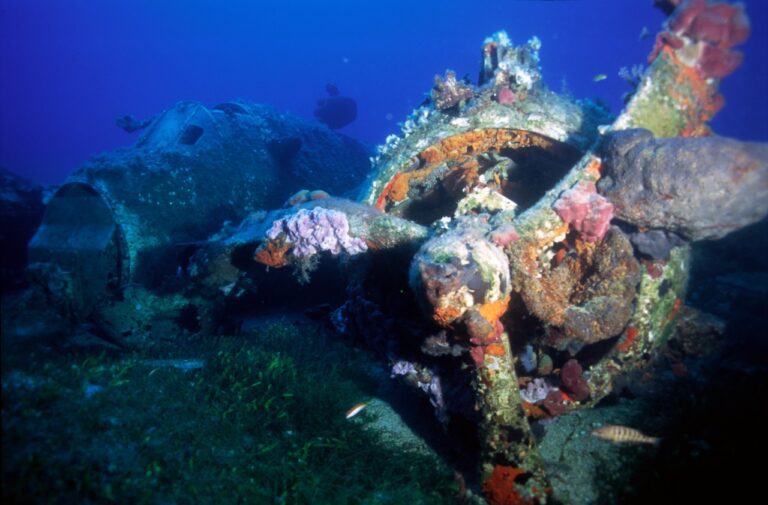

Amazing after all that time! Proves the saying! Don’t make them like they use too!